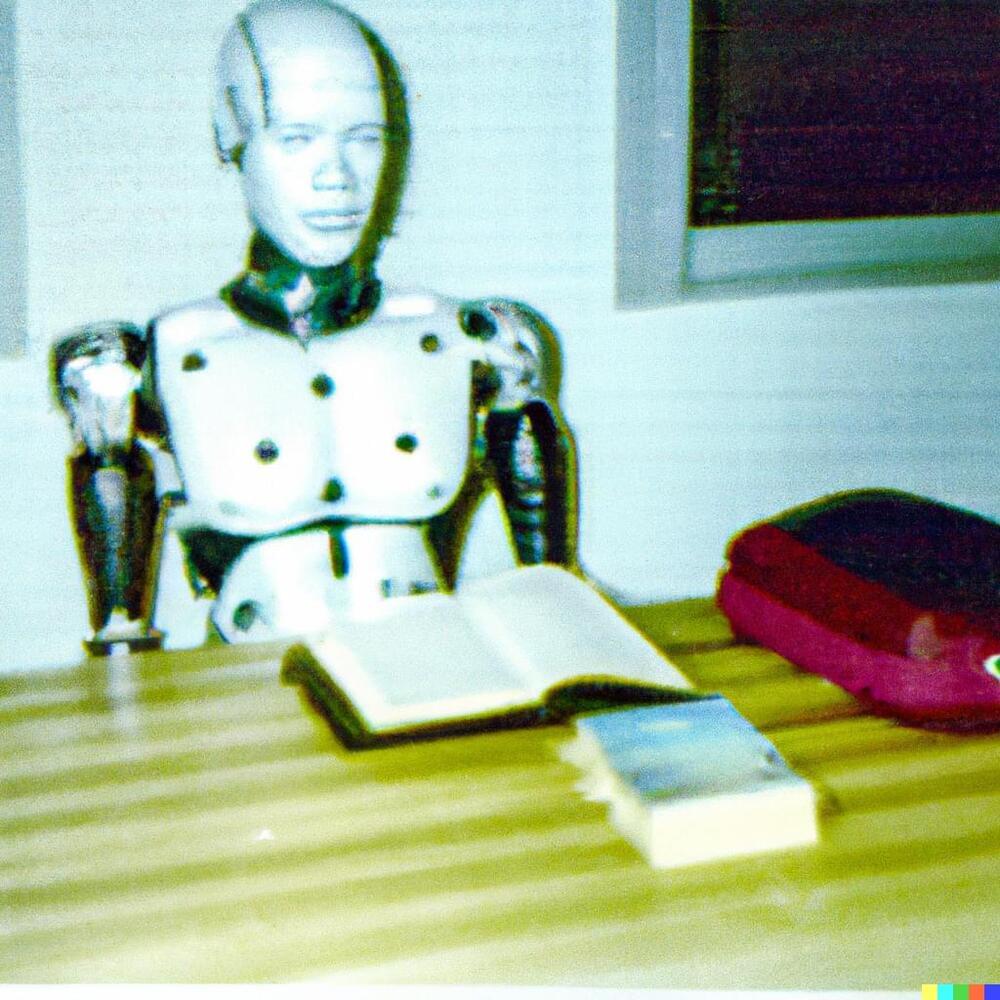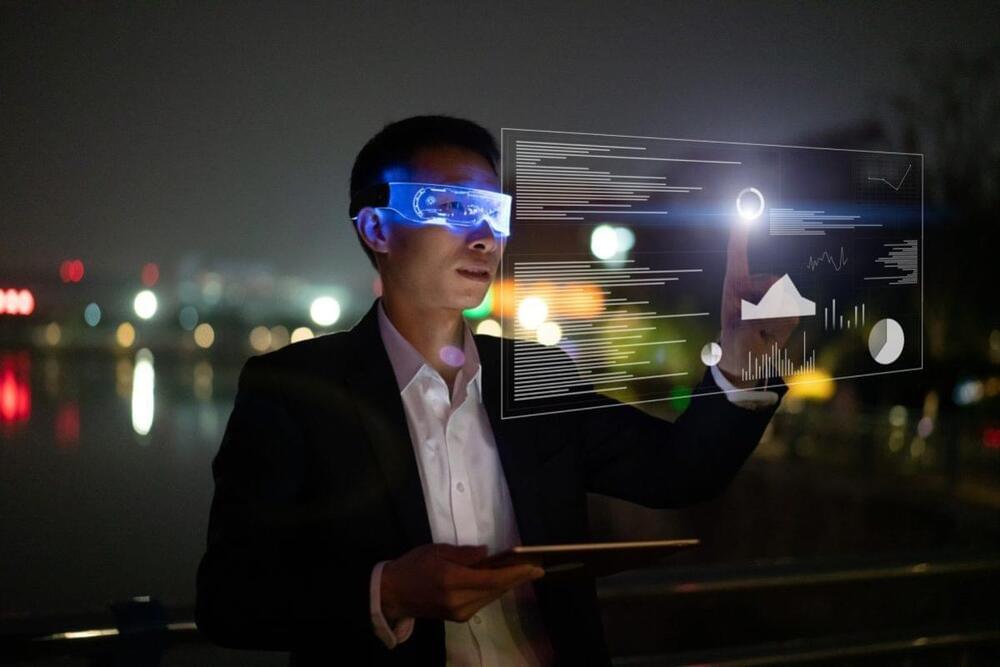The famous Rosetta Stone is actually a priestly decree honoring Ptolemy V Epiphanes, the Egyptian pharaoh.
Get the latest international news and world events from around the world.
Scientists Reconstruct Brains’ Visions Into Digital Video In Historic Experiment
Year 2011 face_with_colon_three
UC Berkeley scientists have developed a system to capture visual activity in human brains and reconstruct it as digital video clips. Eventually, this process will allow you to record and reconstruct your own dreams on a computer screen.
This MIT Machine Captures The Dreams You Never Remember
Year 2018 face_with_colon_three
Great artists and thinkers have found inspiration in their lucid “microdreams” for centuries. Now, there’s an interface that can record them for you.



Billion-dollar meeting for the mega-rich who want to extend their lives
The event, which was held at a luxury resort in the Swiss Alps last week, drew some of the world’s richest people along with some of its most controversial scientists.
Harvard Medical School genetics professor George Church, SENS Research Foundation chief of science offices Aubrey de Grey, Buck Institute for Research on Aging president and CEO Eric Verdin, Institute for Ageing Research at Albert Einstein College of Medicine director Nir Barzilai, Forever Healthy Foundation founder Michael Greve, Human Longevity Inc. associate professor, internal medicine Evelyne Yehudit Bischof, founder and CEO of Insilico Medicine Alex Zhavoronkov, creator of First Longevity and Longevity. Technology editor-in-chief Phil Newman, and Wei-Wu He, executive chairman of Human Longevity Inc., CEO and chairman of Casi Pharmaceuticals Inc., and founder and chairman of Genetron Health.
According to MIT Technology Review, Mega-Rich investors met with scientists and biotech founders in a swanky resort town of Gstaad, Switzerland, to advance the “longevity science,” which is a new field that could extend human life spans. The conference included some of the richest investors and entrepreneurs on earth.

Tesla sets up semiconductor joint venture with Swiss auto chip company
Tesla has plans to ramp its electric vehicle production by a notable degree in the coming years, and with the company’s constant innovations, it would need to secure a lot of resources, from battery raw materials to computer chips.
In this light, reports have emerged suggesting that Tesla has established a semiconductor joint venture in Jinan of eastern China’s Shandong Province. The joint venture is intended to supply automotive chip and electronics solutions. Tesla partnered with Swiss automotive semiconductor company Annex for the joint venture, which boasts a registered capital of $150 million.
As per a report from Chinese tech publication ijiwei, Tesla holds a 5% equity in the company for now, while Annex holds a 55% stake, and the Jinan Zurich Annex Equity Investment Fund Partnership holds a 40% stake. It should be noted that the Jinan Zurich fund acquired Annex this past June in a $5 billion deal.

In the metaverse and NFT 2.0, marketers should focus on utility and community
Check out the on-demand sessions from the Low-Code/No-Code Summit to learn how to successfully innovate and achieve efficiency by upskilling and scaling citizen developers. Watch now.
As we move into the NFT 2.0 technology space, we see a more innovative and accessible approach to creating a user-centric experience where participants can benefit from utility. Web3 marketers are also delving into how brands can position themselves to continue generating profit from NFT ventures while adding value to their products. However, for NFTs to thrive in the Web3 ecosystem, consumers need storytelling and value proposition, especially in an environment where technology is constantly evolving.
Web3 marketing agencies have been carefully implementing brands into the metaverse to build awareness and actual utility for consumers they engage with. However, for a brand to be true to its fan base, its digital assets must incorporate audience and community engagement to create a worthwhile experience and keep consumers coming back.

Quantum entanglement: what it is, and why physicists want to harness it
“Quantum entanglement” is one of several plot devices that crops up in modern sci-fi movies. Fans of the Marvel superhero movies, for instance, will be familiar with the idea of different time lines merging and intersecting, or characters’ destinies becoming intertwined through seemingly magical means.